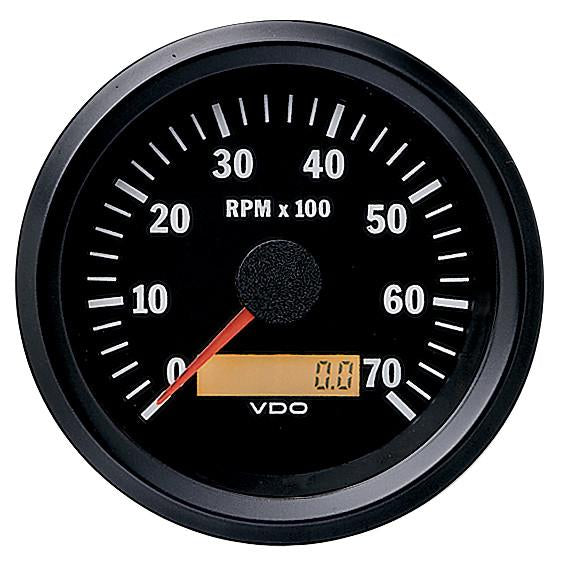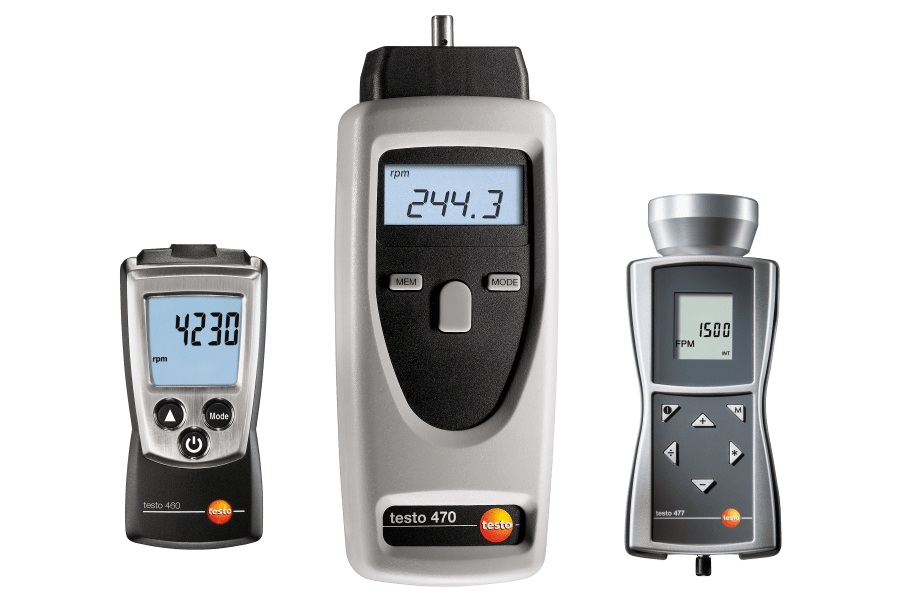Just How a Tachometer Aids Display Engine Health And Wellness and Performance
Just How a Tachometer Aids Display Engine Health And Wellness and Performance
Blog Article
The Relevance of a Tachometer in Monitoring Engine Rate and Efficiency in Automotive Applications
In the realm of auto design, the tachometer stands as a pivotal instrument in the vehicle driver's arsenal, offering a direct window into the inner functions of an automobile's engine. Past its feature as a mere gauge of revolutions per minute (RPM), the tachometer serves as an essential device for enthusiasts and experts alike, offering real-time understandings right into engine efficiency and wellness.
Value of Monitoring Engine RPM
Checking engine RPM, or transformations per min, is a vital facet of auto upkeep and efficiency examination. Engine RPM directly correlates with the speed at which the engine's crankshaft revolves, suggesting exactly how swiftly the engine is running - tachometer. By keeping an eye on RPM, auto mechanics can evaluate the health of the engine, detect potential concerns, and fine-tune efficiency. An uncommon RPM analysis may signify troubles such as engine misfires, malfunctioning ignition system, or issues with the gas shipment system. Regularly high RPM readings can suggest aggressive driving behaviors or the requirement for a higher equipment change to improve gas effectiveness.
In addition, keeping an eye on engine RPM is essential for efficiency evaluation in racing and high-performance lorries. Preserving optimum RPM levels is critical for accomplishing peak power result and acceleration. Racers frequently make use of tachometers to ensure they are running within the ideal RPM variety for optimum performance. In recap, keeping track of engine RPM is not just important for identifying issues however also for enhancing engine efficiency in different automotive applications.

Benefits of Real-Time Information
In auto applications, real-time information plays a critical role in offering immediate insights into the performance and condition of the car. By continually monitoring various parameters such as engine speed, temperature, gas intake, and extra, real-time information uses many advantages that add to improved effectiveness and safety on the road.
One significant benefit of real-time information is its ability to alert drivers and professionals to any kind of anomalies or problems immediately. This positive method enables fast recognition of prospective troubles, enabling prompt interventions to stop further damages or malfunctions. Additionally, real-time data facilitates efficiency optimization by supplying immediate responses on driving behaviors and engine effectiveness. Drivers can readjust their habits in real-time based on this information to attain much better fuel economic basics situation and extend the lifespan of their lorry.

In addition, real-time data plays a crucial role in contemporary automotive diagnostics, allowing technicians to swiftly diagnose and deal with breakdowns. This leads to minimized downtime, reduced maintenance prices, and eventually, boosted overall car integrity and long life (tachometer). By utilizing the power of real-time information, vehicle stakeholders can make informed decisions that favorably influence both the efficiency and longevity of the car
Influence on Equipment Shifts
The tachometer plays a critical duty in maximizing equipment changes by supplying real-time engine speed data to the motorist. When approaching the redline on the tachometer, it signifies the chauffeur to upshift to prevent over-revving the engine and triggering prospective damage.
In addition, the tachometer help in achieving smoother basics equipment shifts, particularly in hands-on transmissions. By checking engine speed, drivers can implement equipment shifts read here at the optimal RPM range, reducing jerking movements and minimizing wear on the transmission parts. This accuracy in equipment modifications not just boosts driving comfort but also adds to fuel performance.
Enhancing Gas Performance
Provided the crucial duty the tachometer plays in optimizing equipment shifts for efficiency and engine health, it directly adds to making best use of fuel efficiency in automotive applications. By providing real-time comments on engine speed, the tachometer assists drivers in maintaining the most effective RPM array for gas economic situation. When drivers consistently keep an eye on the tachometer and adjust their motoring routines accordingly, they can avoid unneeded fuel intake triggered by over-revving or lugging the engine.
Additionally, the tachometer aids chauffeurs identify one of the most fuel-efficient gear to be in at any type of given minute, preventing the engine from functioning more challenging than necessary. This is especially important throughout velocity and cruising, where remaining in the appropriate equipment can substantially affect fuel performance. Furthermore, the tachometer can signal drivers to potential mechanical issues that could be adversely impacting gas economic situation, such as a sliding clutch or a clogged up air filter. In conclusion, the tachometer offers as a beneficial device in enhancing fuel effectiveness by advertising optimum driving behaviors and identifying locations for renovation in the automobile's performance.

Taking Full Advantage Of Engine Longevity
The tachometer's role in checking engine speed and efficiency is important in making certain the durability of auto engines. Keeping an eye on the tachometer enables drivers to stay within the advised RPM variety for their lorry, avoiding unneeded strain on the engine and prolonging its lifespan.

Conclusion
Finally, the tachometer plays a crucial duty in monitoring engine rate and efficiency in auto applications. By giving real-time information on RPM, it enables reliable gear shifts, boosted gas performance, and optimized engine durability. This tool is important for keeping optimal engine performance and making certain the general capability of an automobile.
Report this page